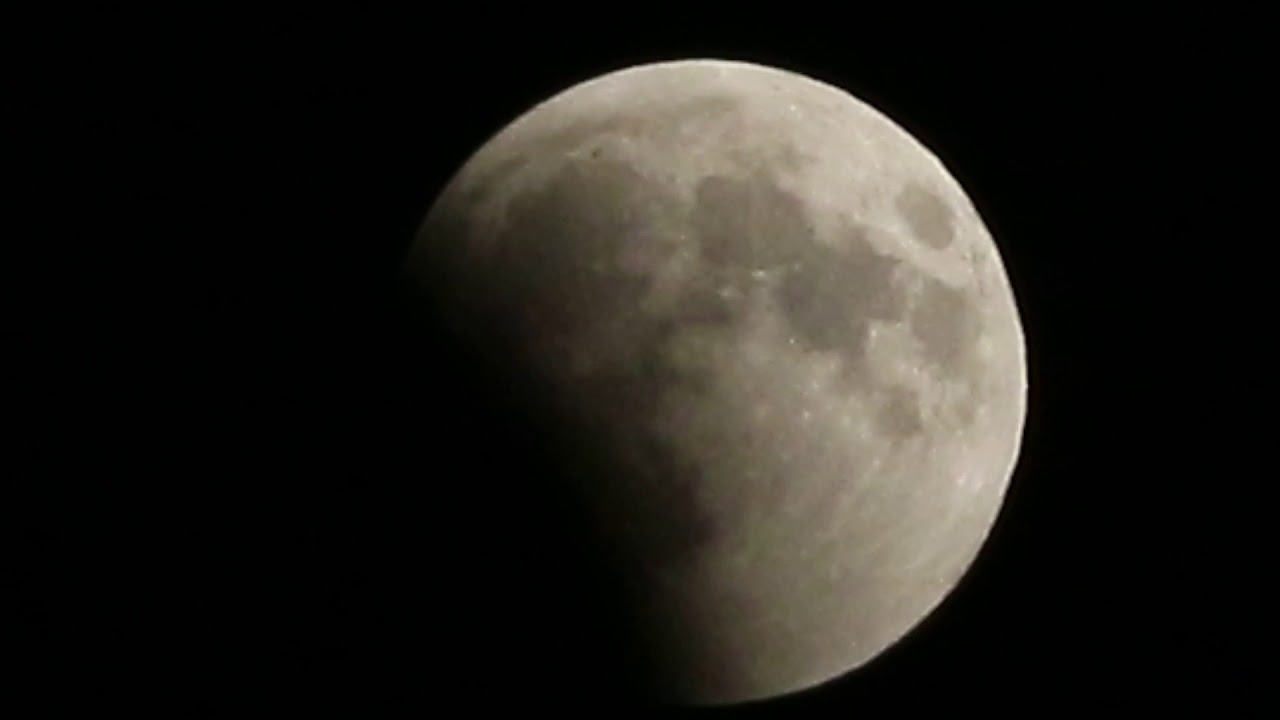Lunar Eclipse on July 27 2018
.
On 27 July 2018 a millennium largest lunar eclipse took place, when the Moon passes directly behind Earth into its shadow.This can occur only when the Sun, Earth, and the Moon are aligned very closely with our planet in between. Nobody can explain why angular sizes of moon and sun as it is seen from the Earth are so close in our epoch to each other. During a total lunar eclipse, Earth completely blocks direct sunlight from reaching the Moon and reflected to the Earth. The only light reflected from the lunar surface has been refracted by Earth's atmosphere. This light appears reddish for the same reason that a sunset or sunrise does: the Rayleigh scattering of bluer light. Due to this reddish color, a totally eclipsed Moon is sometimes called a “blood” moon. The type and length of an eclipse depend on the Moon's proximity to either node of its orbit. This eclipse was the longest total lunar eclipse in the 21st century and totality lasted approximately 103 minutes. The entire celestial event lasted nearly 4 hours from start to finish. This phenomenon coincided with Mars' closest approach in 15 years. After, Mars will reach to the closest point on July 31. CRD staff in Yerevan, Aragats and Burakan has monitored millennium largest lunar eclipse as other meteorological parameters, particle fluxes and fields.


